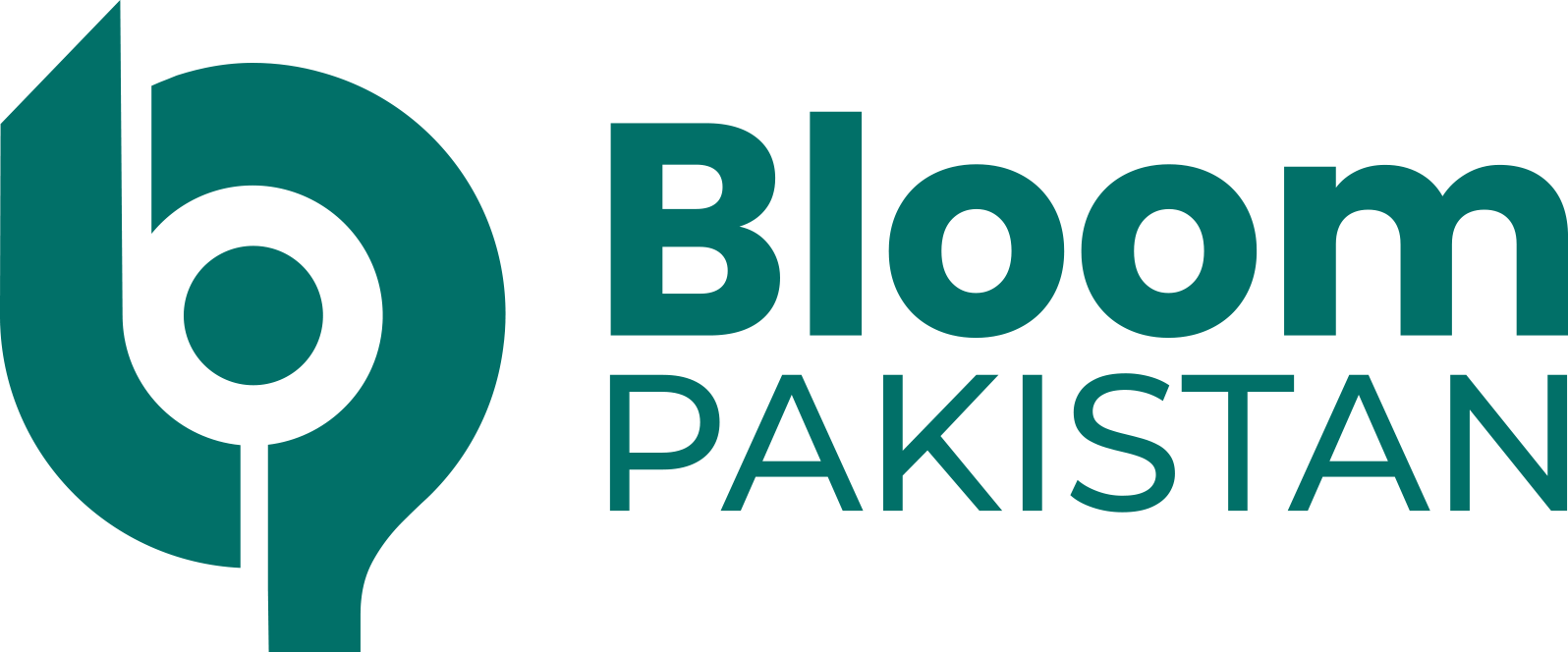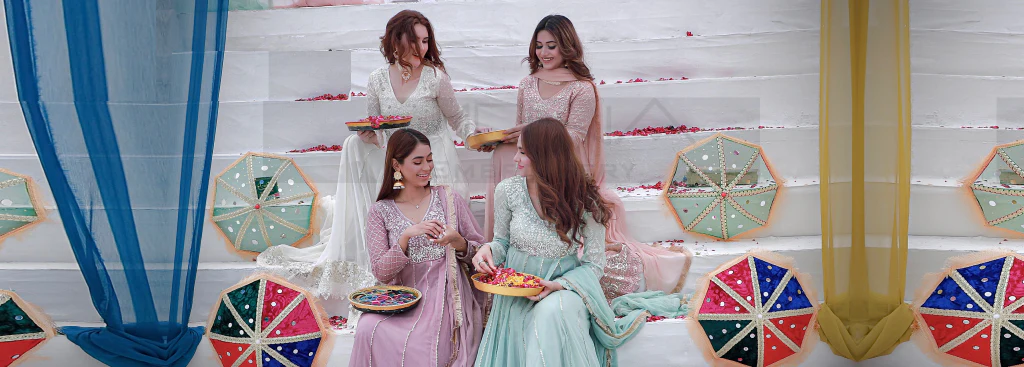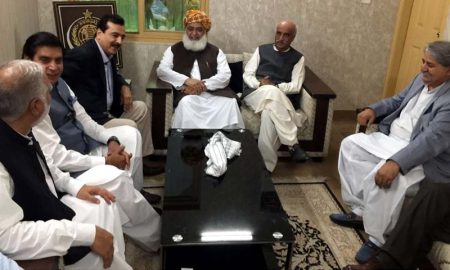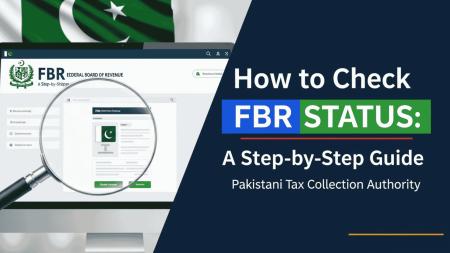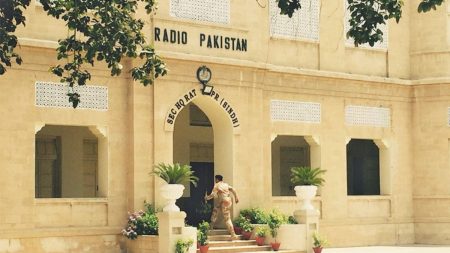Islamabad, Oct 27: A Journey Through Pakistani Fashion the Evolution of Clothing Brands
Pakistan’s culture and fashion industries have always gone hand in hand with each other to make the country one of the top fashion industries around the world. Forming a nation recognized by the intense hues, impeccable crafting and cloves, bohemian sense of style.
Brand names have played a vital role in describing the attires of the country and as far as Pakistan fashion industry is concern the dynamic change has been observed in its evolution.
This article escorts you through the trends of Pakistani fashion, analyzing the growth of local clothing companies. Also, arguing that they are landmarks of the national and international fashion. And the distinctive morphology, characteristic for the traditional and modern teaching existing in the fashion sector of Pakistan.
The Early Days
The new small regional textiles for limited niches and a handful of Islam Abad based clothing manufacturers can give Pakistan the first brands in the mid of the twentieth century.
At this point, the fashion industry primary centered on African attire, using locally woven fabrics in combination with hand embrace ornamentation.
Due to the increased demand for fitting clothing, particularly for weddings and other occasions, local tailoring shops and boutique stores have grown in popularity. These small-scale enterprises laid the foundation for the growth of clothing brands in Pakistan, setting the stage for a remarkable journey of transformation and innovation.
The Rise of Couturiers
The trend for a new generation of Pakistan fashion started doing the rounds when new era designers came into play in 1980s and 1990s.
They all steered high fashion to prominence and exhibited their talents and works on important stages both nationally and globally.
It offered the audience an option to see prominent fashion houses such as “House of Amir Adnan,” “Bunto Kazmi,” and “Rizwan Beyg,” selling traditional wear look with a modern touch incorporating cultural motifs with trendiest designs. They not only received fame within the country only but also set the country on global fashion map of the world.
Bringing Traditional Crafts to the Forefront
Another characteristic that can be pointed out for the majority of clothing brands in Pakistan is their commitment to the crafts heritage.
Fashion brands such as Khaadi, Limelight, and ChenOne, set the trend by working using hand-woven fabric and other traditional designs of block-printed and richly embroidered work.ght” and “ChenOne” led the way in incorporating handwoven fabrics, block prints, and intricate embroidery into their collections.
In combining the vernacular cultural products with the contemporary fashions, they fitted the requirements of different people who wanted different cultural products.
This revival of the Art of Traditional Crafts not only opened employment avenues for local talent but also marketed Pakistani fashion as a fusion of the past and the present and that of the East and the new age fashion looks that mesmerized the fashion lovers both, nationally and internationally.
Ready-to-Wear Revolution
However, the evolution in Pakistan’s garment industry only occurred with the beginning of the ready-to-wear apparel establishments in the latter half of the 1990s and early 2000s.
Designers like gul ahmed, Al karam, maria B made fashion easy affordable and easy to buy ready to wear clothes. Prêt-à-porter manufacturers swelled the middle-class Yuppies market, comprising fashions that were fashionable and cheap.
Such democratization of fashion ensured identities of women from various backgrounds, and classes gained the ability to illustrate their fashion.
The Bridal Couture Sensation
The early year of 2000 marked a new era for Pakistan bridal fashion especially due to the celebrities like “HSY” “Sana Safinaz”. Bridal wear was established as one of the key sectors of the fashion industry and, as such, we saw the customets fashion shows and bridal weeks.
Quintessential techniques revived with rich fabrics and contemporary design elements revolutionized the Pakistani bridal fashion.
These bridal couture brands didn’t only present their collection in Pakistan but also in the international fashion weeks and got applause from the fashion lovers internationally.
Fashion Weeks and Retail Expos
Over the course of the last decade, the fashion weeks and the retail expos of Pakistan have increased in terms of their numeracy and magnitude.
With the emergence of Fashion Weeks like, “PFDC Fashion Week” and “Fashion Pakistan Week” beginners alongside the famed designers of the country got opportunities to present their fashion wear.
These fashion weeks were not only about emphasizing on diversity and creativity of Pakistani fashio. But also gave a chance to clothing brands present in Pakistan to get in touch with the buyers, media and fashion lovers.
From such events, the brands were able to cover a larger market hence gaining national and an international identity.
Global Expansion and E-Commerce
During the advancement of e-commerce, a new platform was discovered by Pakistani clothing brands for their growth and exports. Most brands launched their eCommerce shops, which allowed gaining access to a diverse group of customers.
These digital selling spaces have limited the involvement of conventional retail intermediaries since firms can now deal with customers directly.
Pakistani clothing firms have brilliantly unfulfilled the diaspora market work for Pakistanis living in other countries while gaining the engagements of those. That are interested in global fashion and are on the lookout for unique cultural themed fashion goods.
The Fusion of Eastern and Western Fashion
The change in brand of clothes in Pakistan also caused the incorporation of the two parts of the world in fashion. He pointed out that the majority of brands started trying to introduce elements of traditional slenderness combined with modernity and elements of Wester style, prints and fabrics.
This fusion amused the modern Pakistani woma. But it also attracted the attention of overseas audience that are in look for unique and representative fashion cloths with cultural values.
Among the aspects, Pakistani clothing brands scored high on the count of versatility because they knew how to adress different customers’ tastes combining traditional styles and fresh trends.
Social Impact and Sustainability
Over the last couple of years, Pakistani apparel companies have increasingly adopted more sustainable business approach. “Sapphire” and “Generation” are among the brands which have been on the frontline promoting moral and environmentally correct business in fashion industry.
These companies have played their part in the development of the regional communities through supporting the principles of fair trade as well as building strong partnership with craft persons.
Furthermore, they have greatly enhanced their efforts towards environment friendly fashions through environment friendly production method and environmentally friendly fabrics.
Conclusion
The fashion textile journey of the clothing brands in Pakistan is a reflection of the dynamic cultural history, innovation and tenacity of fashion industry in Pakistan. The History of Pakistan, and Pakistani fashion in particular, has been an exciting process of creating and designing.
It goes back to small scale local shops of your neighbourhood tailors to the international recognition of Pakistani fashion. Because of the elements of both the conventional and present-day styles of the artefacts made by them.
Pakistani fashion designers and manufacturers have remained influential today in fashion industry. Fresh and captivating Pakistan fashion has the capability to changes fashion industry to forever. Because: cultural heritage conservation and sustainability as well as cultural diversity.
